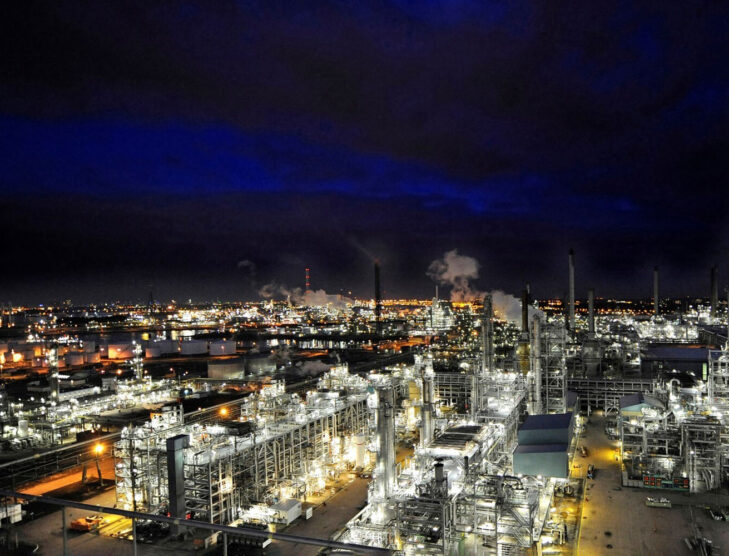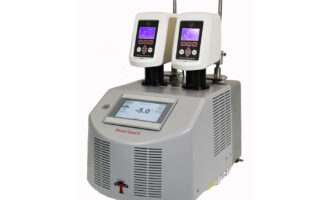
Shell to license technology to produce affordable blue hydrogen
Shell Catalysts & Technologies is launching the Shell Blue Hydrogen Process, which integrates proven technologies to increase the affordability of greenfield projects for “blue” hydrogen production from natural gas along with carbon capture, utilisation and storage (CCUS). Affordable blue hydrogen enables the decarbonisation of hard-to-abate heavy industries while creating value for refiners and resource holders. Shell’s new process can reduce the levellised cost of hydrogen by 22% compared with the best the market has to offer today.
Without low-carbon hydrogen, the net-zero goals announced by governments and companies will be difficult to achieve. Currently, hydrogen production is nearly all “grey” (from hydrocarbons without CCUS). If hydrogen is to contribute to carbon neutrality, it must be produced on a much larger scale and with far lower emission levels.
Blue hydrogen production can be relatively easily scaled up to meet demand. With carbon dioxide (CO2) costing USD25–35/ton, blue hydrogen becomes competitive against grey, even with its higher capital costs. And green hydrogen, produced from the renewable-energy powered electrolysis of water, may still be more than double the price of blue hydrogen by 2030 and not achieve cost parity until about 2045.
Advantages
This analysis is based on conventional steam methane reforming (SMR) and autothermal reforming (ATR) technologies. The availability of the Shell Blue Hydrogen Process, which integrates proprietary Shell gas partial oxidation (SGP) technology with ADIP ULTRA solvent technology, further improves blue hydrogen economics.
A key advantage of SGP technology over ATR is that the partial oxidation reaction does not require steam. Instead, high-pressure steam is generated, which satisfies the steam demands of the process and some other power consumers. There is also no need for feed gas pretreatment, which simples the process line-up. And SGP gives refiners greater feed flexibility, as it is more robust against feed contaminants and can thus accommodate a large range of natural gas qualities.
Process maturity and experience
Shell began research into SGP technology in the 1950s. Today, the technology has more than 30 active residue and gas gasification licensees, and there are more than 100 SGP gasifiers worldwide. For example, at the Pearl gas-to-liquids plant, Qatar, 18 SGP trains, each with an equivalent pure hydrogen production capacity of 500 tons/day, have been operating since 2011. Since 1997, Pernis refinery in the Netherlands, has been operating at a 1-Mt/year CO2 capture capacity using SGP technology.
Shell also has CCUS experience through its involvement in multiple projects in different phases of development, and can offer key technologies and insights into CO2 capture, compression, transport, utilisation and storage.
About Shell Catalysts & Technologies
Shell Catalysts & Technologies, part of Shell, is a leading technology licensor and brings owner–operator–innovator–licensor capabilities to the market. It has more than 1,200 references for gas processing technologies at gas plants and refineries worldwide.
It supports Shell and non-Shell businesses by working with them to co-create integrated, customised solutions comprising licensed technologies, refining and petrochemical catalysts, and technical services.
It was formed by combining Shell Global Solutions, a technology licensor with a track record of delivering pioneering process schemes and innovative configurations; Criterion Catalysts & Technologies, the world’s largest hydroprocessing catalyst supplier; and CRI Catalyst Company, a pioneer in the petrochemical catalyst sector.
1 The future of hydrogen, International Energy Agency (2019), www.iea.org/reports/the-future-of-hydrogen
2 Zero Energy Platform, 2017. Commercial Scale Feasibility of Clean Hydrogen.









